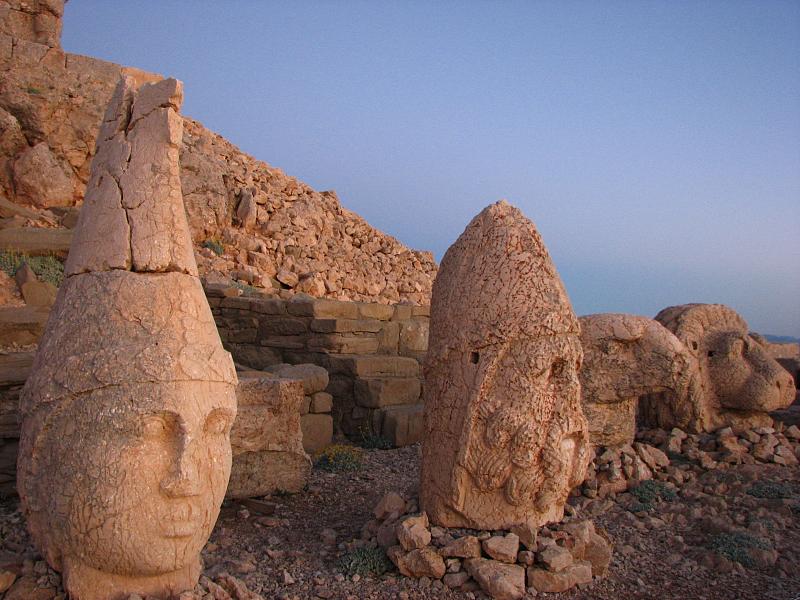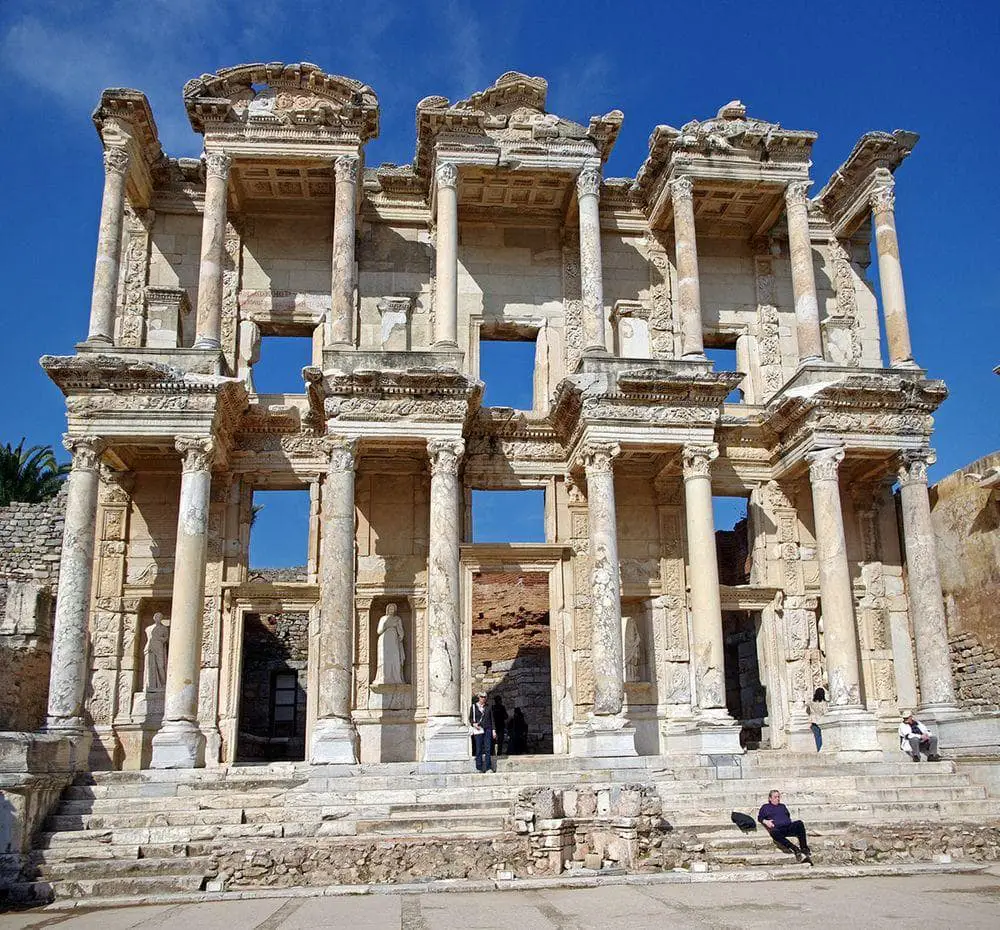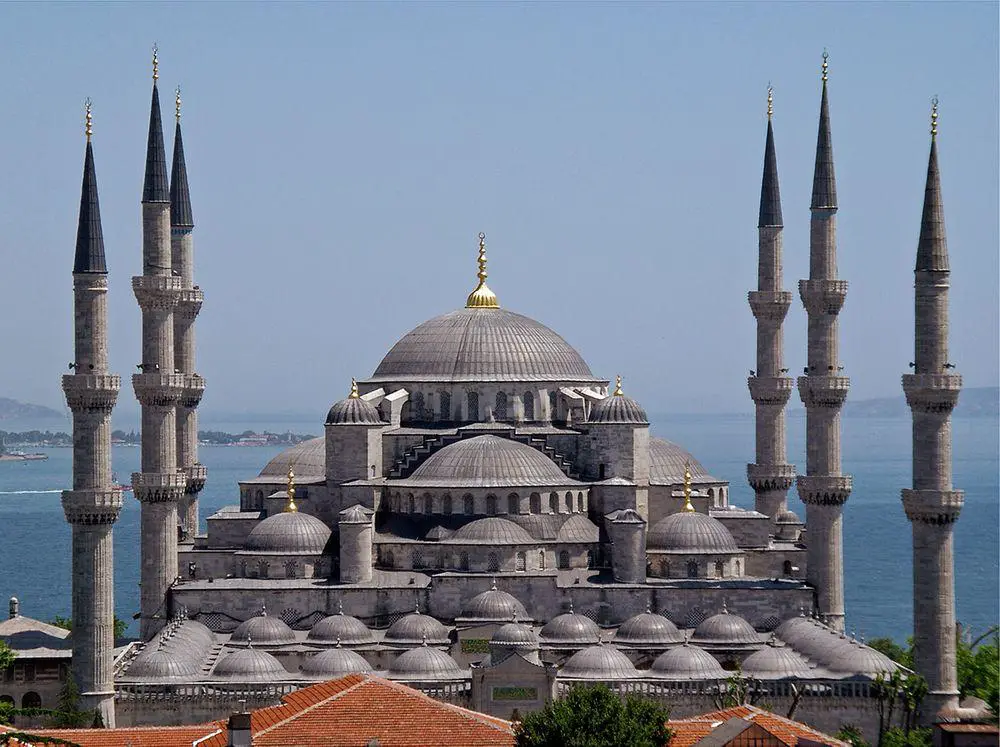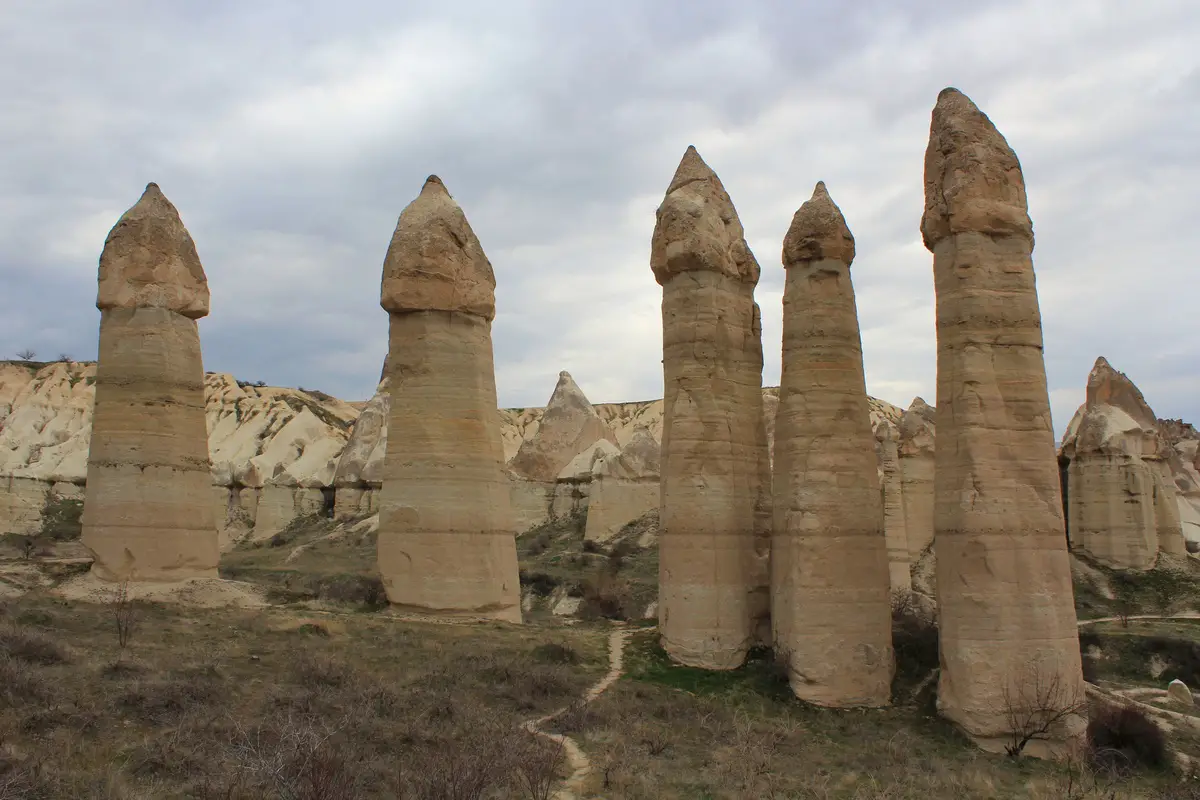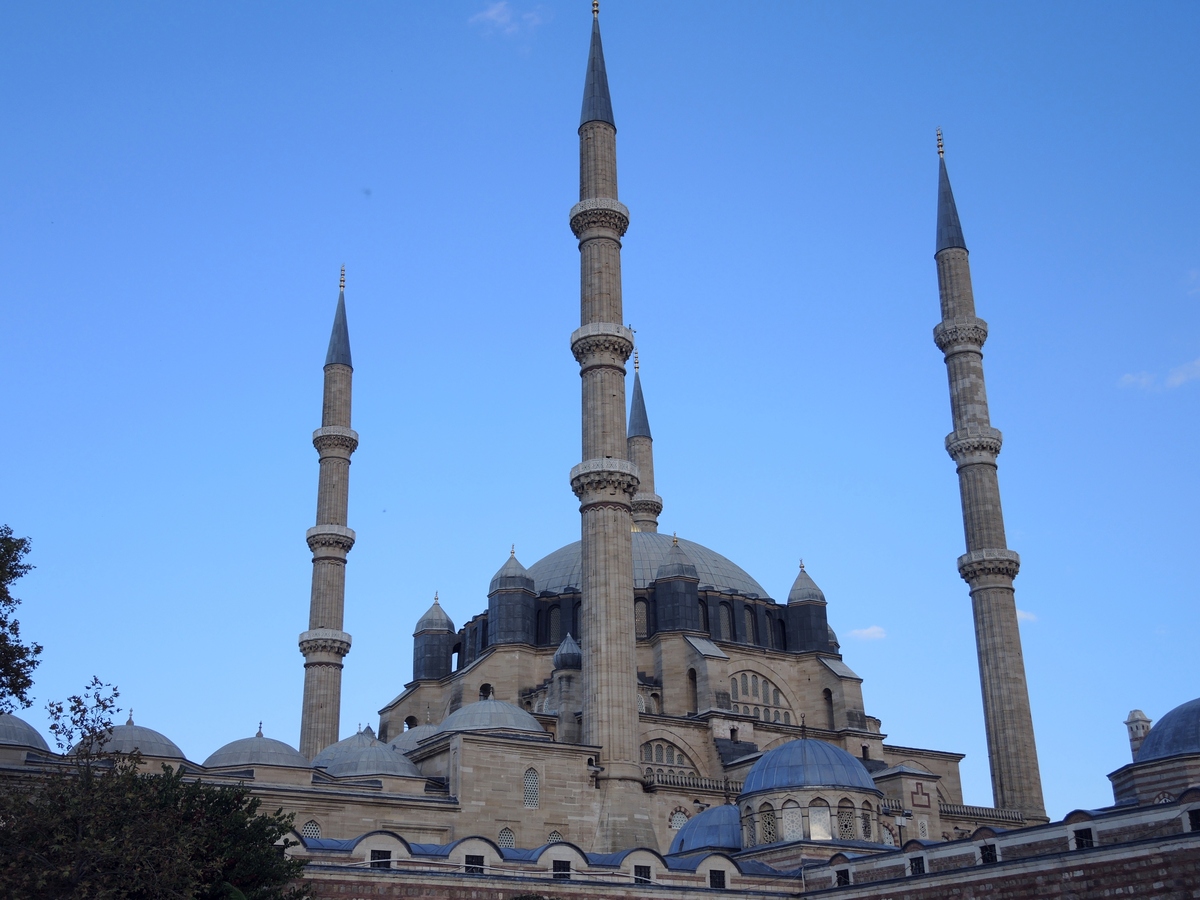Wondermondo 🢖 World 🢖 Wonders of Asia 🢖 Wonders of Turkey
Territory
Wonders of Turkey
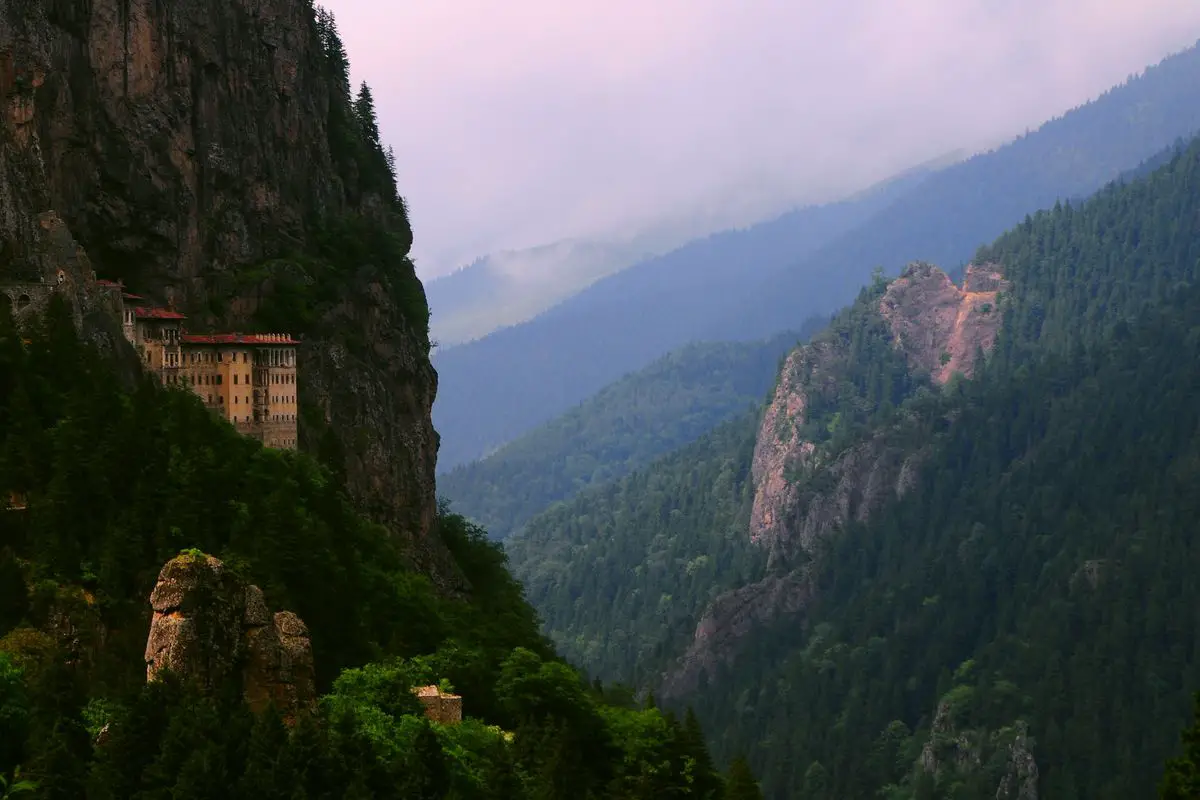
 Highlights
Highlights
Turkey has one of the richest and most diverse arrays of archaeological and architectural landmarks. Few countries in the world have experienced the rise and fall of that many distinct cultures as present-day Turkey did. The most amazing wonders of Turkey are:
- Hellenistic heritage. This civilization lasted just for a few centuries but had an immense influence on the development of modern civilization. Greeks and successors of their cultural traditions (e.g. Phrygians, Lycians, Carians) left numerous amazing and even mysterious wonders – Pergamon, Ephesus, Lycian rock-cut tombs, and many others.
- Neolithic settlements. In Turkey are found remnants of some of the oldest towns in the world (Çatalhöyük), oldest temples (Göbekli Tepe and Nevalı Çori).
- Rock cut structures in Cappadocia. A truly unique cultural landscape: there in the soft volcanic rock were cut houses, churches, monasteries, and even more than 200 towns and cities! As if this is not surprising enough – these rock-cut churches are adorned with some of the best frescoes ever!
- Byzantian heritage. For more than 1000 years İstanbul City (Constantinople) was one of the most important centers in the world – politically, in religion, and in culture. Some of the most outstanding architectural landmarks of all times were created here, mostly in Constantinople. Especially high achievement was Hagia Sophia – one of most important architecture landmarks.
Map with the described wonders
If you see this after your page is loaded completely, leafletJS files are missing.
 Top 25 wonders of Turkey
Top 25 wonders of Turkey
Geological wonders
Pamukkale
Denizli
Some of the best known travertine terraces in the world, in a bright white color, 2700 meters wide and up to 160 meters high. Terraces have been shaped by 17 hot springs.
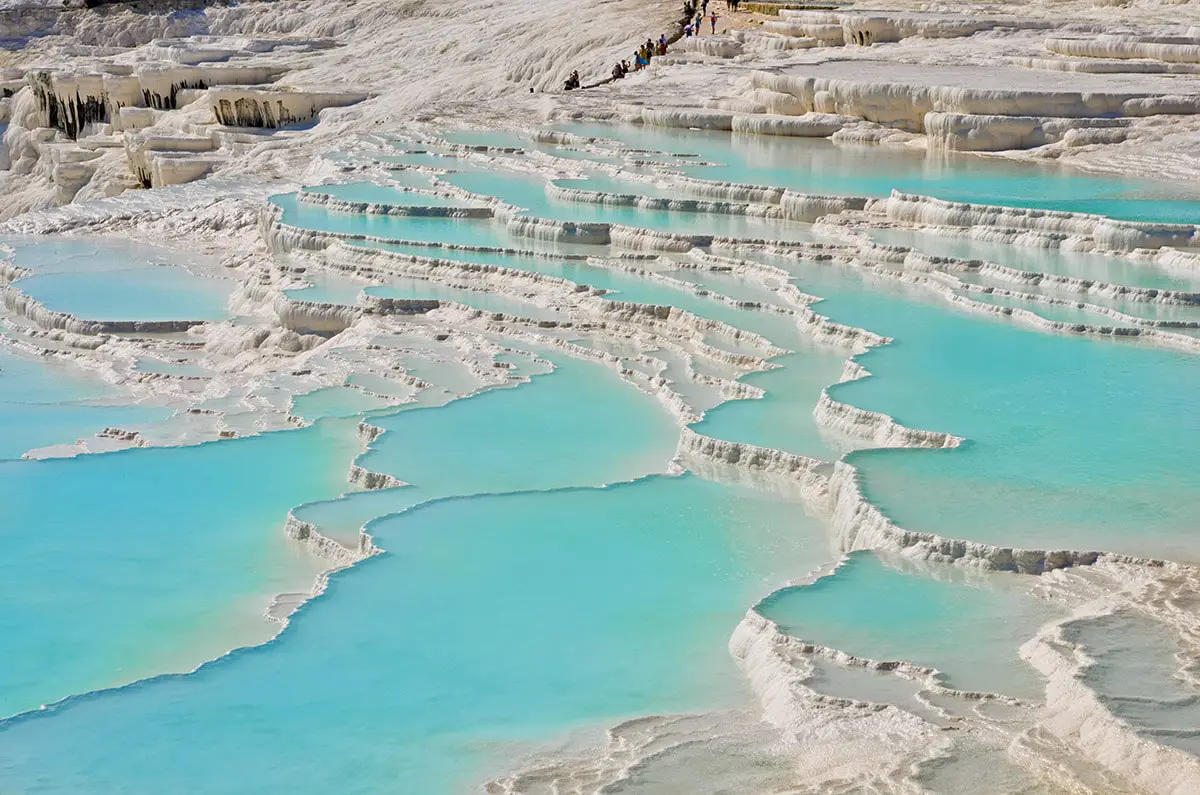
Archaeological wonders
Göbekli Tepe
Sanliurfa (Şanlıurfa)
The oldest place of worship in the world (the 10th millennium BC, late Mesolithic – early Neolithic) has several monolithic stone pillars, up to 3 meters in height with carved reliefs and pictograms.
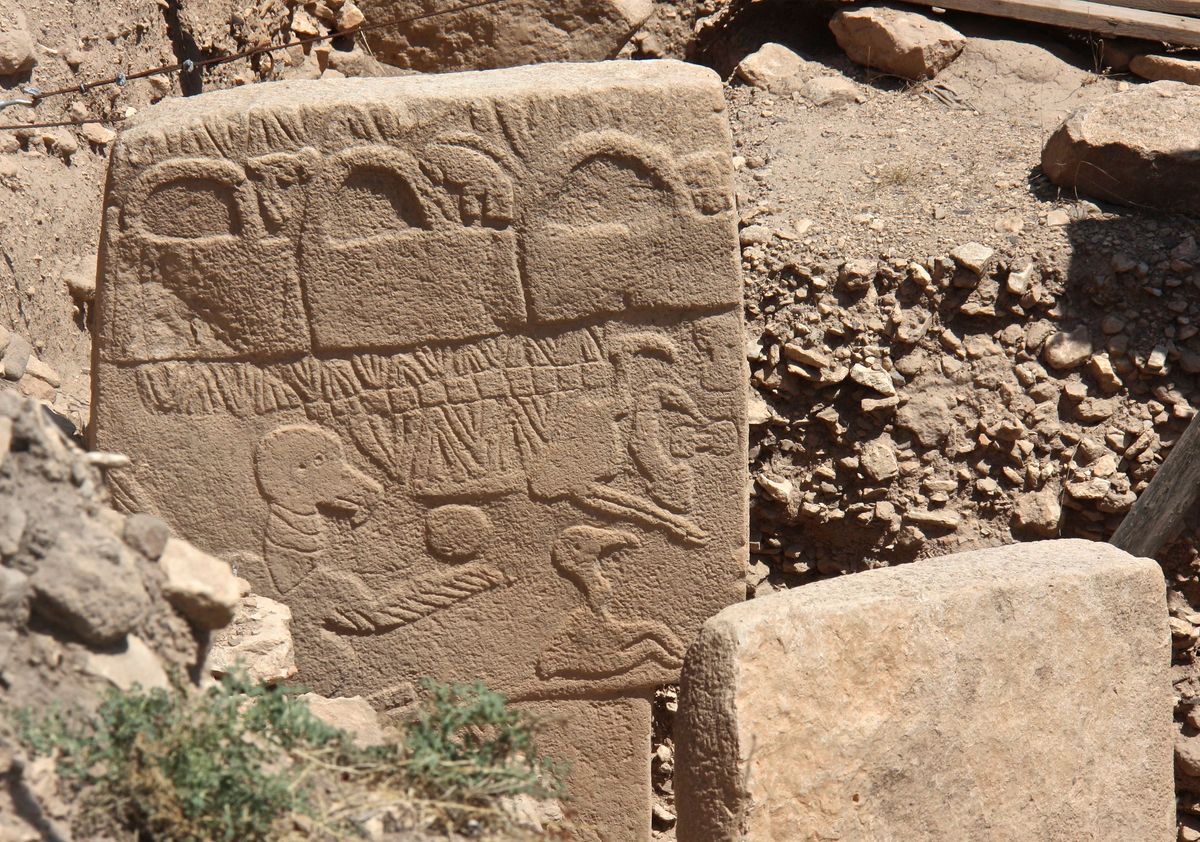
Hattusa (Hattusha)
Corum (Çorum)
Ancient Hittite city, established as an urban center in the Late Bronze Age before 2000 BC, although inhabited since at least 6000 BC. Flourished in the 14th century BC, when there were living some 40 – 50 thousand inhabitants. Destroyed around 1200 BC.
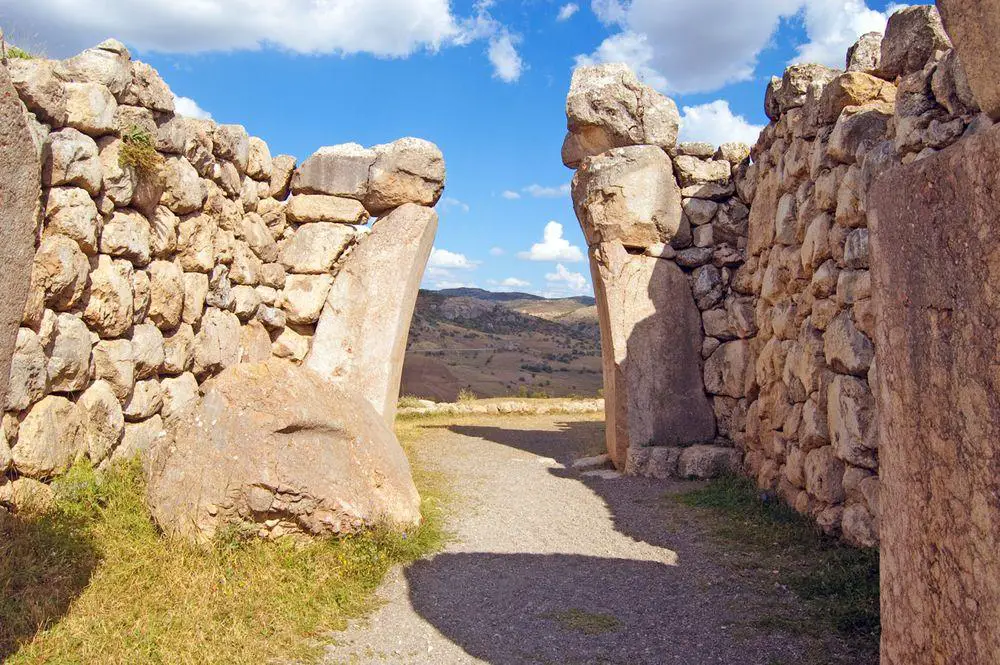
Derinkuyu Underground City
Nevsehir (Nevşehir)
A historical underground city that could sustain up to 20 thousand people. Tunnels with premises extend up to 60 m deep. The city can be closed with an enormous stone disc. The development of the city started in the 8th – 7th centuries BC, and it often served for refugees. In total in this area are some 200 such underground cities.
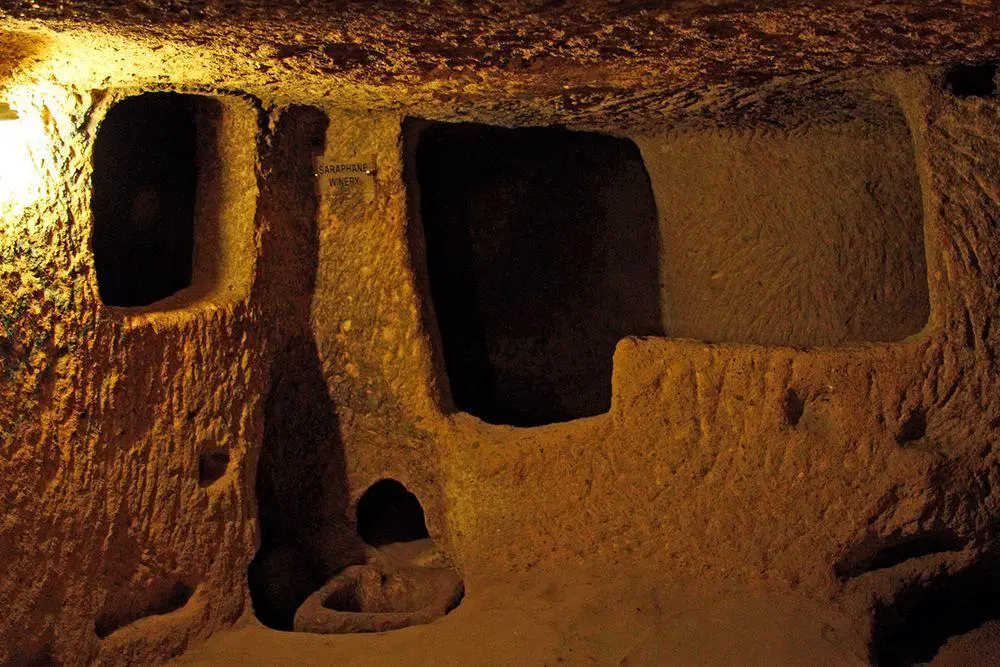
Pergamon
Izmir (İzmir)
Ruins of an ancient Greek city, the former capital of the Kingdom of Pergamon in 281 – 133 BC. Contains ruins of numerous unique and beautiful structures – an impressive theater with a place for 10,000 seats, a library, and the sanctuary of Asclepius (Asclepion) – a predecessor of hospitals, and others.
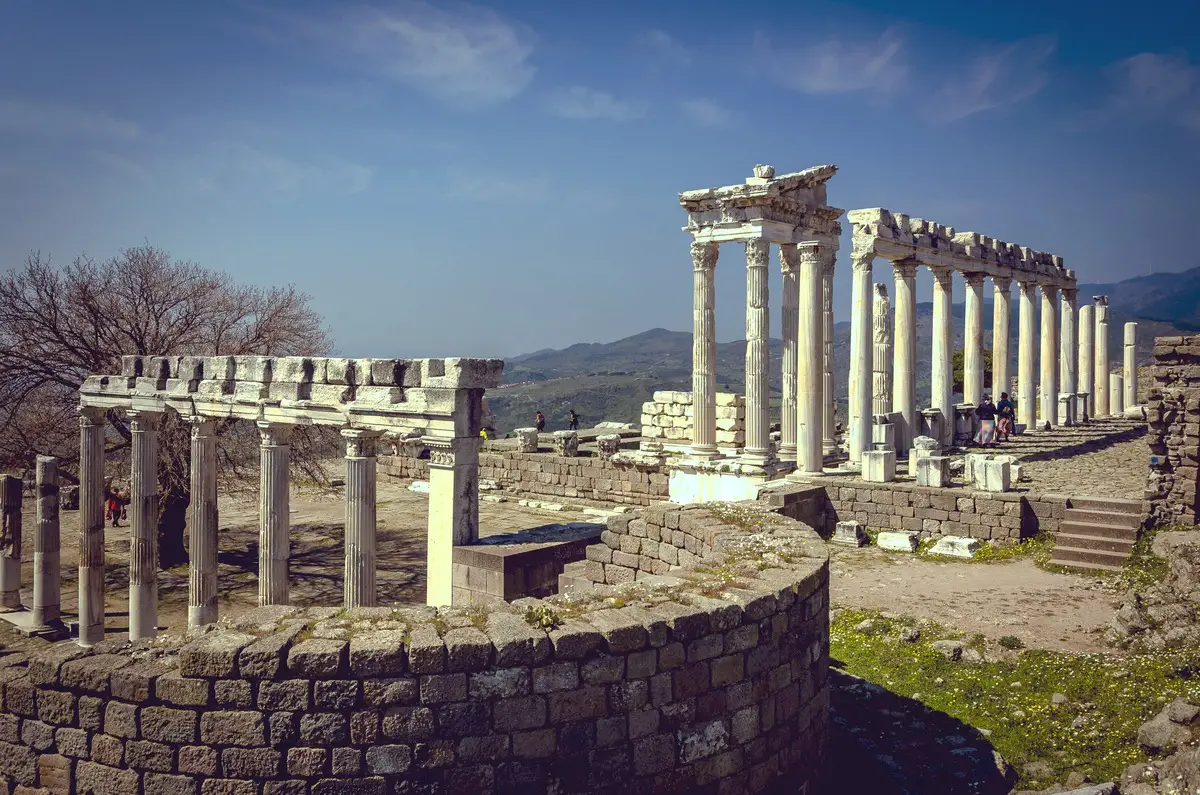
Aphrodisias
Aydın
One of the most interesting ancient Greek cities in Turkey built next to important marble quarries. High-quality architecture was created in the city, using this excellent construction material.
Tushpa and Van Fortress
Van
Ruins of the ancient capital of Urartu – the Iron Age Armenian kingdom, flourished in the 9th century BC. The city was built on a steep-sided bluff and later turned into an enormous fortress.
Xanthos
Antalya
Ruins of the ancient Lycian city, former center of commerce and culture. Established around the 8th century BC, known due to the description of Herodotus about the desperate fight of Lycians against Persians in 425 BC. The city was inhabited until the 7th – 8th century AD. Remnants of the acropolis and other public structures.
Nemrut Dağ
Adıyaman
2,134 m tall mountain with a group of enormous, ancient statues near its summit. It is assumed that these statues belong to a royal tomb of Antiochus I from the 1st century BC. Statues represent enormous heads of heroes, eagles, and lions. The burial mound itself is 49 m tall, with a diameter of 152 m.
Özkonak Underground City
Nevsehir (Nevşehir)
A historical underground city, built on ten floors up to 40 m deep. Here could live up to 60 thousand people. Rediscovered in 1972.
Ephesus
Izmir (İzmir)
Ruins of ancient Greek-Roman city, with remnants of many outstanding buildings. Little remains of one of the Seven Wonders of the Ancient World – Temple of Artemis, but beautiful are the remains of the Library of Celsius (177 AD), Theatre of Ephesus with a 24,000 seating capacity was the largest known outdoor arena of antiquity.
Harran
Sanliurfa (Şanlıurfa)
Ruins of a very old and once important city. It is known that an important center in Harran existed already by the 19th century BC, later it was an important Assyrian and Persian city. Some of the first dedicated Christian churches were built here. Here evolved the world’s first Islamic university in the 8th – 9th centuries.
Architecture wonders
Hagia Sophia
Istanbul (İstanbul)
A former Orthodox basilica built between 532 – 537 AD, it is now a mosque. Possibly the highest achievement of Byzantine architecture, it has been the largest cathedral in the world for nearly 1000 years. Constructed in 532 – 537.
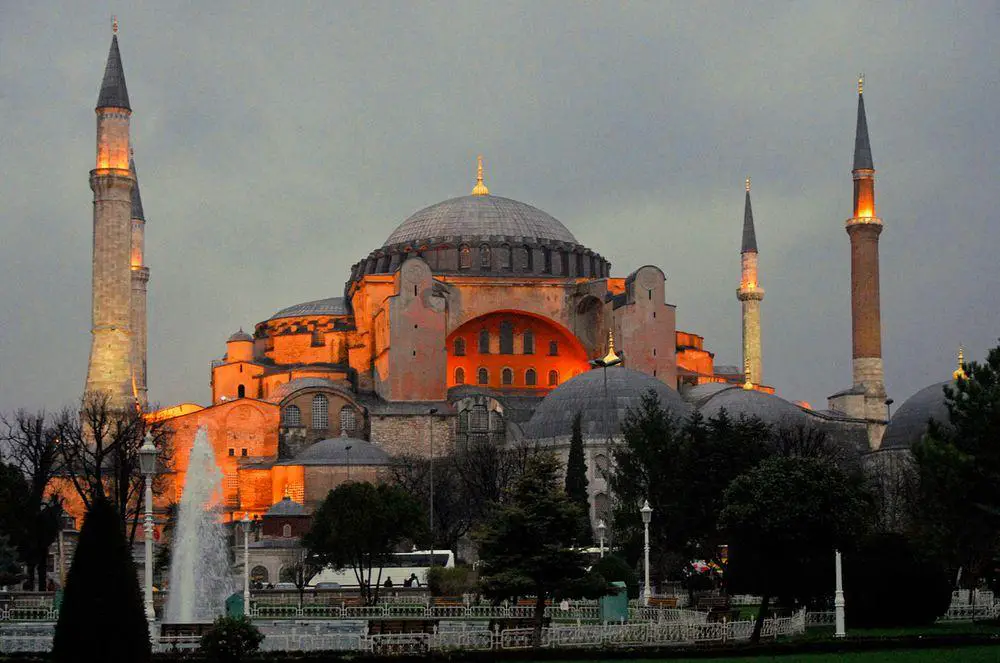
Sultan Ahmed Mosque (Blue Mosque)
Istanbul (İstanbul)
One of the largest mosques in the world, completed in 1616. In many respects, it is modeled after the nearby Christian Hagia Sophia. It was an imperial mosque of the Ottoman Empire.
Dolmabahçe Palace
Istanbul (İstanbul)
The administrative center of the Ottoman empire in 1856 – 1922. Large palace in Eclectic style, built in 1843 – 1856. Adorned with 14 tons of gold, many rooms have opulent interiors. Contains the largest collection of crystal in the world.
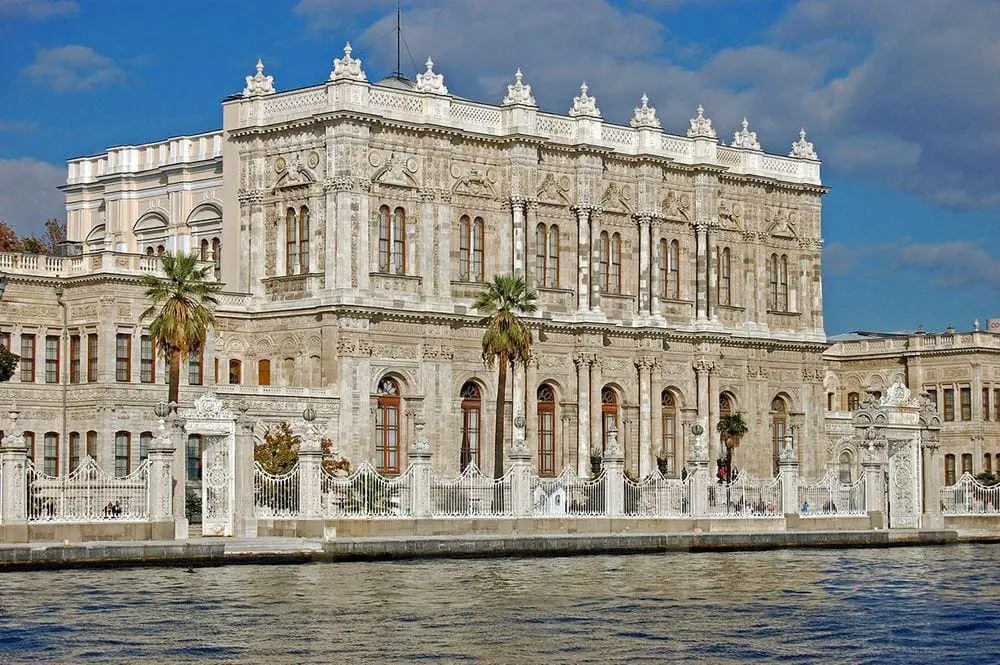
Göreme fairy chimneys
Nevsehir (Nevşehir)
Thousands of amazing, 8 – 22 m tall rock spires, formed from soft volcanic rock – ignimbrite, overlaid with boulders of harder lava. In these rock spires were hewn many premises – houses, household rooms, churches, and even whole cities.
Topkapı Palace
Istanbul (İstanbul)
An important historical landmark, a seat of Ottoman Sultans in 1465 – 1856. Constructed in 1459 and later modified. Contains numerous relics, such as Muhammed’s cloak and sword, a huge amount of art values. Consists of numerous buildings, with four main courtyards.
Süleymaniye Mosque
Istanbul (İstanbul)
The largest mosque in İstanbul, built in 1550 – 1558. This domed structure is 53 m high, with four 72 m tall minarets.
Tokalı Kilise and other rock churches of Göreme
Nevsehir (Nevşehir)
Rock-hewn churches in unusual cliff formations – fairy chimneys. Churches built here mainly in the 9th – 11th century, contain some of the best Byzantine frescoes in the world.
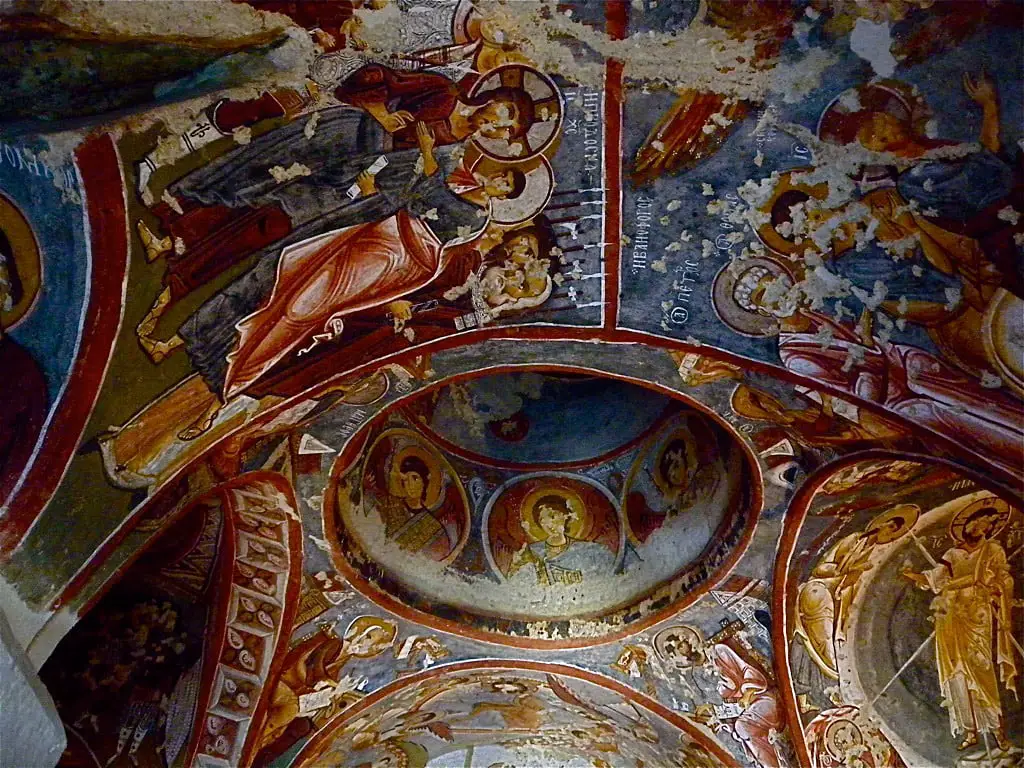
Sümela Monastery
Trabzon
A very old monastery, founded in 386 AD. Enormous building high in the cliffs in front of the cave. The monastery contains exquisite frescoes.

Grand Bazaar
Istanbul (İstanbul)
One of the largest covered markets in the world, built in 1455 – the 18th century. The structure includes 61 covered streets and more than 3000 shops. Rich social life and traditions have evolved in this enormous building.
Amasya
Amasya
Historical city in the river canyon. Along the river are lined traditional Ottoman houses but further up in the cliffs are carved tombs of the kings of Pontus and other rock-cut structures.

Mardin
Mardin
Nearly unique, beautiful historical city with a rich collection of Artuqid architecture – Turkmen architecture from the 11th – 12th centuries. This settlement is inhabited for some 6 thousand years and contains numerous very valuable buildings.
Chora Church
Istanbul (İstanbul)
One of the best examples of Byzantine architecture, built in the early 5th century AD, largely rebuilt in 1077 – 1081. Adorned with fine mosaics and other decorations.
 Recommended books
Recommended books
DK Eyewitness Travel Guide: Turkey
DK Eyewitness Travel Guide: Turkey is your indispensable guide to this beautiful part of the world. This fully updated guidebook includes 3-D cutaway illustrations, floor plans, and reconstructions of the must-see sights, plus street-by-street maps of Turkey’s major cities and towns.
Fodor’s Turkey
Spanning two continents and centuries of history, Turkey is where East meets West and where the modern and traditional are constantly blurred, creating a dynamic and fascinating country that’s unlike anywhere else in the world. With Fodor’s Turkey, visitors can plan and navigate their visit, from the urban streets of Istanbul to the scenic Cappadocia countryside, and everywhere in-between.

